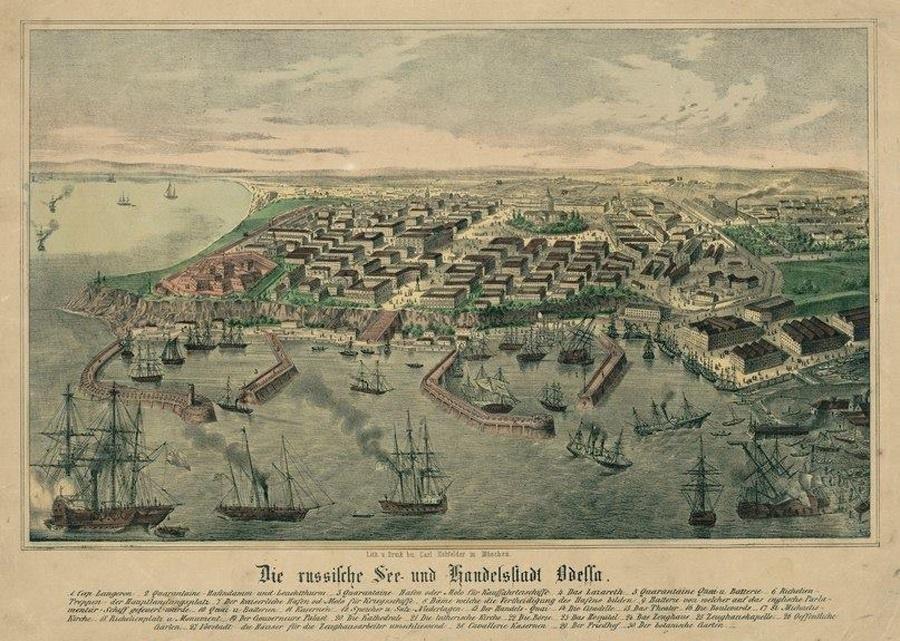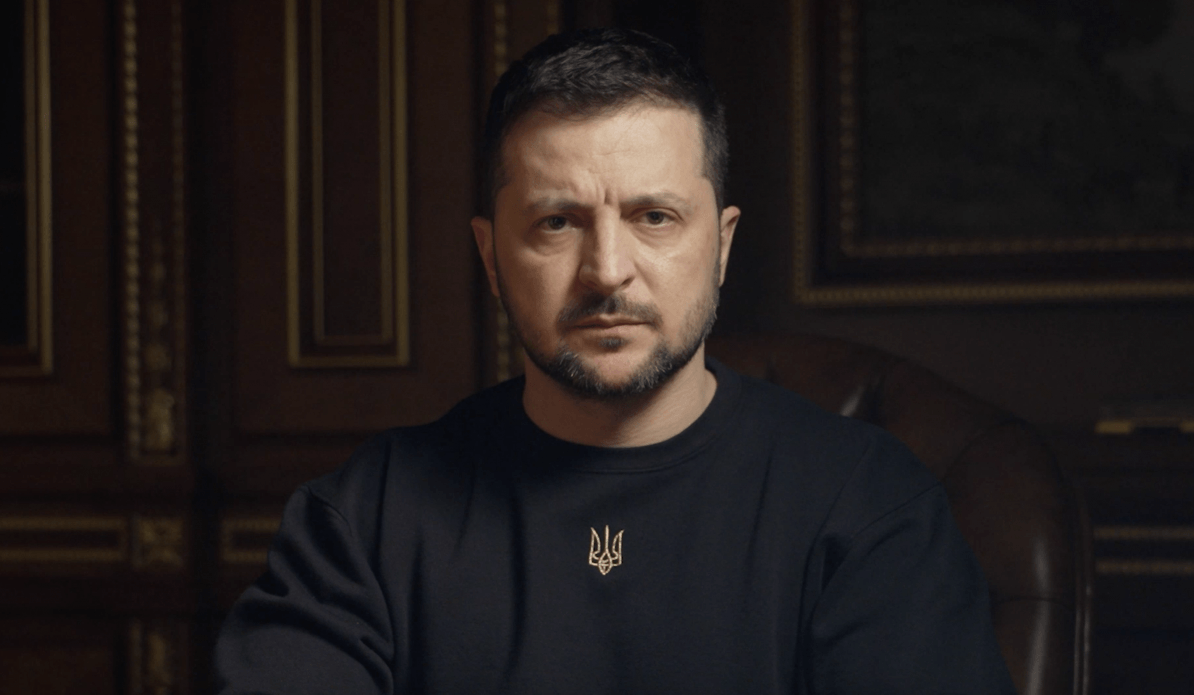
Odessa is the cradle of modern Israeli literature and architecture.
Odessa, today's maritime capital of Ukraine, was, from the second half of the 1800s up to the WW2, the third city in the world per number of Jews. In Odessa lived and sailed to Tel Aviv many Jewish intellectuals that created the base of modern culture of Israel.

Odessa was the birthplace of the Zionist leader and writer Vladimir Jabotinsky and Joseph Barsky, one of the most representative architects of the Eretz Yisrael (land of Israel) style. But many other Jewish personalities spent their formative years in the city, like: Chaim Nachman Bialik, Israeli national poet, Mendele Moicher Sforim, father of modern Yiddish and Hebrew literature, Shaul Tchernichovsky, author of the first poems in modern Hebrew, the Zionist leaders Leon Pinsker and Ha’am Ahad, and the famous architect Yehuda Magidovitch. Last but not least, the first mayor of Tel Aviv, Meir Dizengoff.

Among the Odessa’s Jewish authors writing in Russian, it is important to mention two champions of Jewish humour: Isaac Babel and Ilya Ilf Fainzilberg. Babel, the author of "Red Cavalry", wrote also "Odessa Tales", where he painted a portrait of the Jewish life of the suburb of Moldavanka. Ilya Ilf, writer and satirist, wrote with Evgenij Petrov the famous humoristic novel “The Twelve Chairs”, which inspired 20 different films.
The first Jewish inhabitants of Odessa were attracted by the privileges offered by the Russian authorities to the volunteers ready to settle in South Russia. For the Jewish community, it meant escaping from the oppression they suffered in the rest of the Empire. In Odessa, Jews were almost equal to other citizens. To the difference of many cities in the Russian Empire, Odessa didn’t have a Jewish quarter.
The élite in the Jewish community was personified by Brodsky’s Jews, by the name of Brodsky Synagogue, the most educated, wealthy and liberal group with European aspiration.
In general, the geographical distance of Odessa from the official centers of Judaism and the diversity of nationalities composing the city, with different languages, made Jewish community in Odessa a unique one. The historian Steven Zipperstein wrote that the history of Odessa’s Jewish community was closer to the one of San Francisco than the one of Kiev.

At the beginning of the 20th century, 100 years after its foundation, one third of Odessa’s population was Jewish and the city had became the biggest market for exchanges and businesses in South Russia. Jews managed 90% of the seed export business; owned 50% of the factories; produced the white stones that served to the city’s construction. In 1916, Isaac Babel, wrote about Odessa as a “city built by Jews”.
Unfortunately, the pogroms in 1871 and 1881 also fostered the rise of Zionism in Odessa and brought many Jews dreaming to emigrate to Palestine. Indeed, the city became one of the centers of the Zionist movement, from where thousands of Jews left to Palestine. Not surprisingly Babel described the Zionist movement in the city as “the star of exile”.
The center of the Zionism was the “Odessa Committee”, founded in 1890, officially known as the “Society for the Support of Jewish Farmers and Artisans in Syria and Palestine”. The committee was headed by Leon Pinsker, with the purpose to help the relocation of farm workers and craftsmen in Palestine. Among the members of the board there were Ahad Haam, Bialik Klauzner and Ben Ami.

One of the most active members of this committee, Meir Dizengoff, became thereafter the first mayor of Tel Aviv. The members also raised funds to buy lands in Palestine, long before the State of Israel was founded. Also the first donation for purchasing the site, where the Hebraic University of Jerusalem was built, was given by the Committee.
In 1919, the "Odessa Committee" broke up, and on December 1919 there was the first journey of the ship SS Ruslan to Palestine. From 1919 to 1927, the ship carried a big part of the Odessa Jewish intelligentsia to the old port of Jaffa. This ship was called the “Mayflower of Israel”, since among its 600 passenger, some would become the leaders of the future Israel.

If in 1941 almost half of the Odessa’s population was still Jewish, today, is only the 3%, approximately 30,000 people. However, they represent an important part of the economic élite and the city is still seen as one of Europe’s Jewish capitals.



















